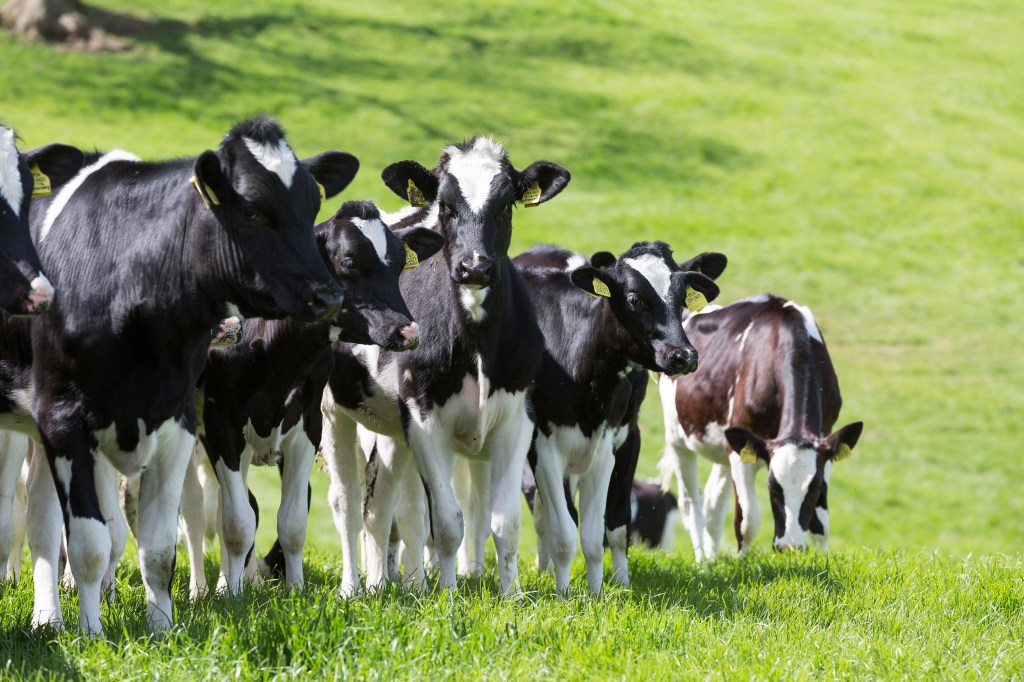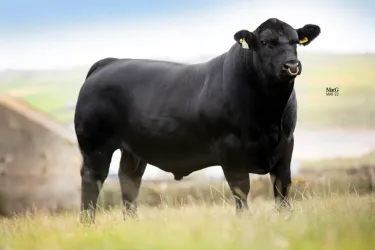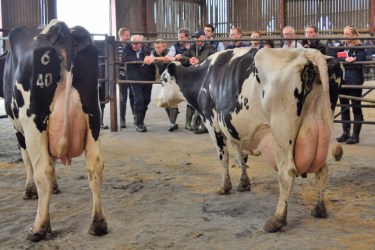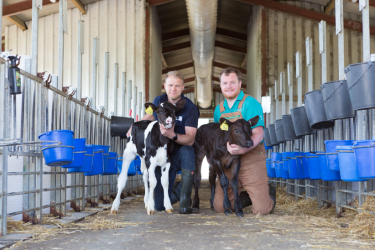History of sexed genetics
Conventional semen has been used historically until the mid 2000s when sexed semen became available on the marketplace. Conventional semen used on the entire herd is likely to result in 50% males and female heifers, right across the spectrum from best to worst females. It would have been impossible to predict which heifers would end up creating the next-generation replacements, and there would have been no way to skew the genetic merit of new females.
This began to change around 15 years ago, with the introduction of sexed semen to the market. Farmers began to use sexed semen on the best females in the herd to create their next generation. The objective was to enhance production and create better genetics within the herd.
Over the past 15 years, the strategic use of sexed semen has begun to evolve. While farmers continue to use sexed semen on the best females in the herd, they are now also using sexed semen to breed their worst females specifically to beef. Now that the use of sexed genetics has become more affordable, it is being used more widely across the whole herd, rather than just the top third. Farmers are using sexed semen on the top half for the best replacements, and culling the poor genetics using beef semen on the bottom half.
Use of sexed genetics
The sexed genetics market is growing at a rapid pace. In 2021 there were around 19 million units of sexed semen used, making up approximately 11% of the total global genetics volumes, which represents about 30% of the total value of genetic sales. With a 10% compounded annual growth rate, sexed semen is expected to reach 25 million doses per year globally within the next 3-4 years.
How does sexed technology work at IntelliGen?
IntelliGen is our semen sexing technology, the only laser ablation technology in the world. Female chromosomes are larger and contain 3.8% more DNA than male ones. When semen is collected from our sires, we use a stain that will dye the X chromosomes. We then pass the semen through a laser which can identify the stained X chromosomes and use ablation to incapacitate the Y chromosomes. The result is female-sexed semen.
Growth and benefits of sexed genetics
There has been tremendous growth within the sexed genetics market, and there are three key reasons for this growth.
- Sexed semen has become more affordable, enabling more farms to take advantage of its benefits.
- There are now two players in the market, giving farmers more choice and improved conception rate with new technologies.
- Genomics has played a huge role over the last 5 years – increasing the diversity of genetics and making faster genetic progress, meaning sexed semen offers even more value.
Why Sexcel®?
Sexcel® is ABS Global’s sexed genetics brand, with production facilities across the globe, including UK, India, Brazil as well as the US.
- We continue to invest in first-class bulls and state-of-the-art facilities worldwide.
- We have a robust, world-class production development team
- We’ve invested in IVF technology which we have launched commercially
- We have a commercial team with qualified AI technicians, and a huge amount of knowledge, including a highly esteemed tech service.
- We have invested in R&D, with more than 100 scientists in our organization, 30% of whom are PhDs. We’ve put tens of millions of dollars into continuing to improve that technology and access to genetics.
Consistency of customer experience
At Genus ABS we want to make sure quality is at the heart of our customer experience. This starts at the barns with quality semen, from high-quality, well looked after animals.
To ensure the best consistency of our product, we run 4 quality tests on every batch of our incoming collections.
- Sex skew verification – high precision PCR based testing assuring sex ratio, which counts how many effective x chromosomes are in the straw.
- Motility and dose – checking the number of live, post thaw motile cells in each straw, as this impacts the fertility experience on the farm.
- Bacteria tests – monitoring for any unwanted pathogens to optimize health.
- DNA verification – we run genomic testing on the genetics in every straw to confirm the semen is from the bull you have selected.
We perform these tests within the first 7 days, and if they fail any of the stages, we throw the whole batch away, because we won’t compromise on quality. This all results in a consistent product with exceptional quality for our farmers.
Real World Data Performance
Our Real World Data is collected from the performance of real farms using our product. We measure fertility and progress made using our product. We’ve had 3.2 million total inseminations analyzed between Holstein and Jerseys on our RWD database, and these show that farmers are experiencing better fertility on cows and heifers.
The data shows a 2% increase in fertility rate on heifers in comparison to other sexed semen technologies[i], and a 4% increase in fertility rate on cows[ii]. In Jerseys, the increase has been even more pronounced, 4.6% in heifers and 5% in cows. Dairy farmers around the world have experienced increased milk production, and faster genetic progress through better replacement heifers, successfully removing the worst of their herds through breeding to beef.
Case studies
Bosetti Farm, Italy
350 cows, 300 heifers
The farm is in expansion with the goal of 450 cows. They are using Sexcel® and Beef InFocus™ strategy and genotyping. They have an average milk production per cow per day of 42 liters.
“We are really happy with the performance of Sexcel®. Thanks to this we have stopped the use of conventional semen in our farms, so we can have the maximum return on investment from genetics.
We are ambitious, we don’t want to be mediocre.
Sexcel® and Beef InFocus™ is the right strategy to reach this goal, because it allows us to have faster results.”
The conception rate they’ve experienced has been 42% on cows and 55% with heifers.
Wastenage Farms, UK
2500 cows
“We have used Sexcel® for the past two breeding seasons. In year one, we took a cautious approach and only used half sexed semen and half conventional semen. Historically, our concerns would have been around lower conception rates and compromising our tight calving block.
However, after the first year, our conception rates for Sexcel® were only 2% lower than conventional semen, so in the second year, we used all sexed semen and more AI to beef. The Sexcel® sires used last year included Peartree Bryster, Curra Scooby and Inch Dec and we recorded conception rates of between 62% and 67% for these sires on the milking herd.”
What does the future look like with sexed genetics?
ABS has produced more than 21 million units with the promise that our technology:
- Is gentler on cells
- Offers ABS best genetics
- Contributes to improved performance
- Give strong fertility rates
Our global production capacity has grown from <1 million units in 2017 to 6.5 million units this year.
There’s no denying that the use of genomics will continue to grow and improve. We’re likely to see an even greater take up of Beef on Dairy as it becomes a more popular strategy amongst dairy farmers in Canada and the USA.
At Genus ABS, we’ll be continuing to make huge investments in R&D and technology improvements, to ensure that our customers experience quality and consistency of fertility. We’re investing in areas such as gene editing to remove respiratory issues.
Our R&D Biosystems Engineering team are constantly looking into product improvement and increased quality control processes. As the population grows and demand increases, we will need constantly evolving sexed semen technology, which is why our research and engineering teams continue to innovate our technology and end-to-end processes to increase value for our customers.
[i] Based 1.5 million inseminations from 860 farms globally – across the USA, Canada, UK, Italy, Mexico, Chile, Brazil and more.
[ii] Based on 785,000 inseminations across 760 farms worldwide.






